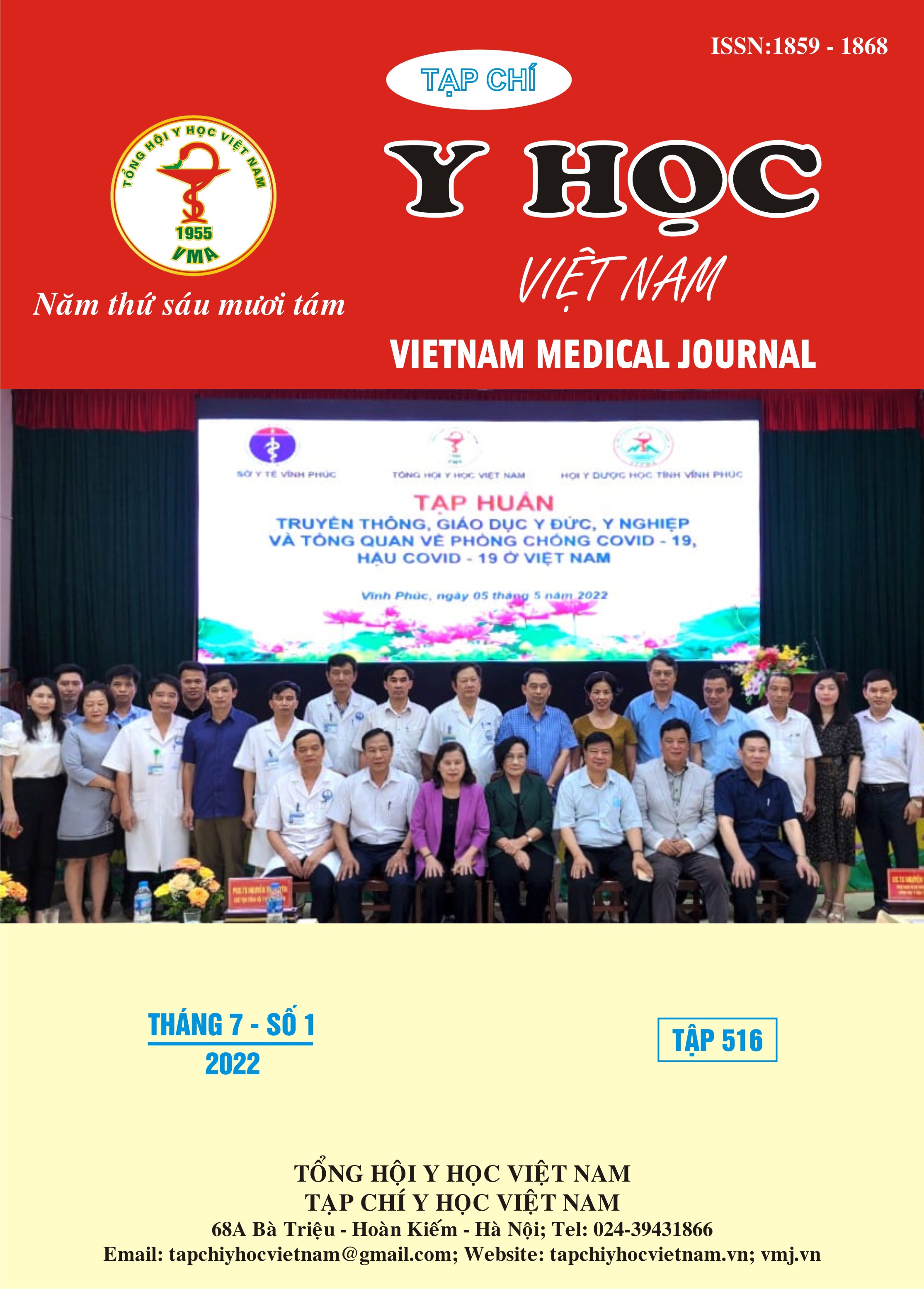MONITORING ADVERSE EVENTS ASSOCIATED WITH DAPAGLIFLOZIN TREATMENT IN TYPE 2 DIABETES PATIENTS: A POST-MARKETING SURVEILANCE PROGRAM IN VIETNAM
Main Article Content
Abstract
To provide more evidence on the safety profile of dapagliflozin (ForxigaTM) in real-life settings, eight hospitals across Vietnam were involved to implement a post marketing surveillance program. Among 1001 subjects, 278 patients (27.8%) experienced at least 1 adverse event (AE) during 24 weeks of follow-up, 5 of those (0,5%) were serious adverse events (SAEs) and 29 (2.9%) led to modification of dapagliflozin treatment. Arthritis (2.4%) and hepatic enzyme increased (2.4%) were the most common, followed by urinary tract infection (1.9%). However, only 120 (12.0%) AEs were evaluated as dapagliflozin-related adverse events. The results revealed that dapagliflozin was well tolerated in Vietnamese adult patients with type 2 diabetes mellitus. Besides the databases of spontaneous ADR reports, this study provides additional data and did not find any new or significant risks of dapagliflozin (Forxiga), supporting its safety profile for the future users in Vietnam.
Article Details
Keywords
dapaglifozin, safety, pharmacovigilance, post marketing surveillance
References
2. Evaluation Institute of Health Metrics and (2019), Retrieved, from http://www.healthdata.org/vietnam.
3. Huy Tuan Kiet Pham, Thi Tuyet Mai Kieu, Tuan Duc Duong, Khoa Dieu Van Nguyen, Nam Quang Tran, Tien Hung Tran, Junice Yi Siu Ng (2020), "Direct medical costs of diabetes and its complications in Vietnam: A national health insurance database study", Diabetes Research and Clinical Practice, 162, pp. 108051.
4. Inzucchi et al. (2015), "SGLT-2 inhibitors and cardiovascular risk: Proposed pathways and review of ongoing outcome trials", Diabetes & Vascular Disease Research, 12(2), pp. 90-100.
5. Jabbour Serge, Jochen Seufert, Andre Scheen, Clifford J. Bailey, Cathrina Karup, Anna M. Langkilde (2018), "Dapagliflozin in patients with type 2 diabetes mellitus: A pooled analysis of safety data from phase IIb/III clinical trials", Diabetes Obes Metab., 20, pp. 620-628.
6. Nguyen Tu Dang Le, Luyen Dinh Pham, Trung Quang Vo (2017), "Type 2 diabetes in Vietnam: a cross-sectional, prevalence-based cost-of-illness study", Diabetes, Metabolic Syndrome and Obesity: Targets and Therapy, 10, pp. 363-374.
7. The World Health Organization, The growing burden of diabetes in Viet Nam. 2016: https://www.who.int/vietnam/news/feature-stories/detail/the-growing-burden-of-diabetes-in-viet-nam.
8. Thomas SJ Crabtree et al. (2020), "The effect of dapagliflozin on alanine aminotansferase as a marker of liver inflammation: updated results from the ABCD dapagliflozin audit", Original Research, 20(1), pp. 19-25.


